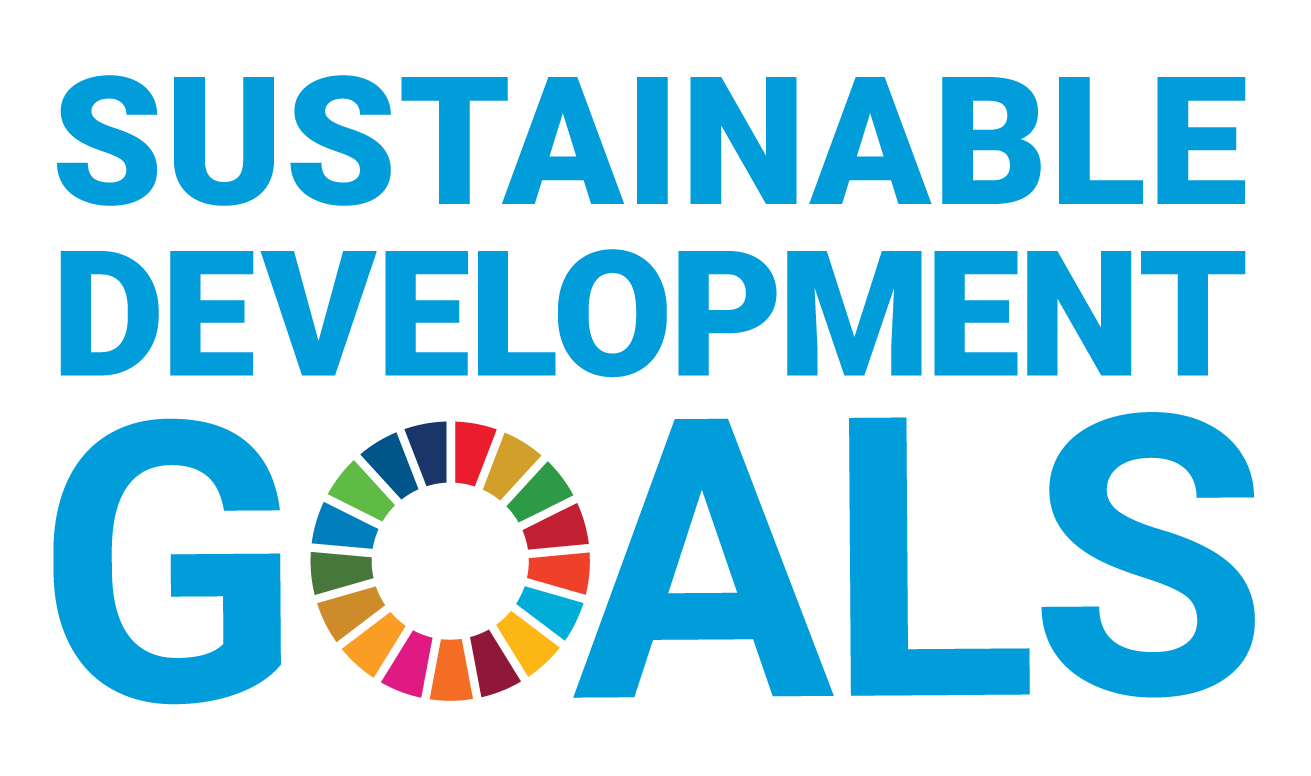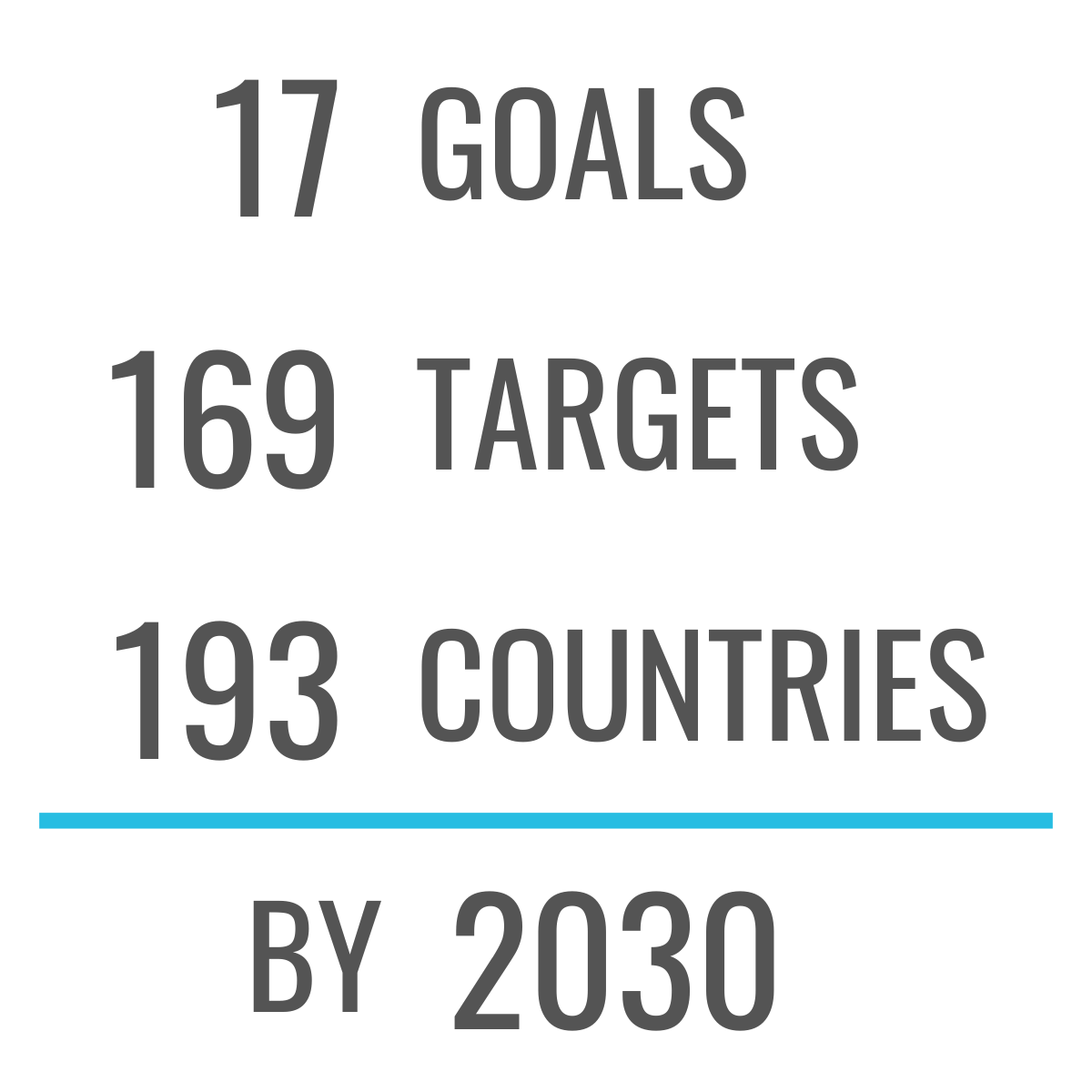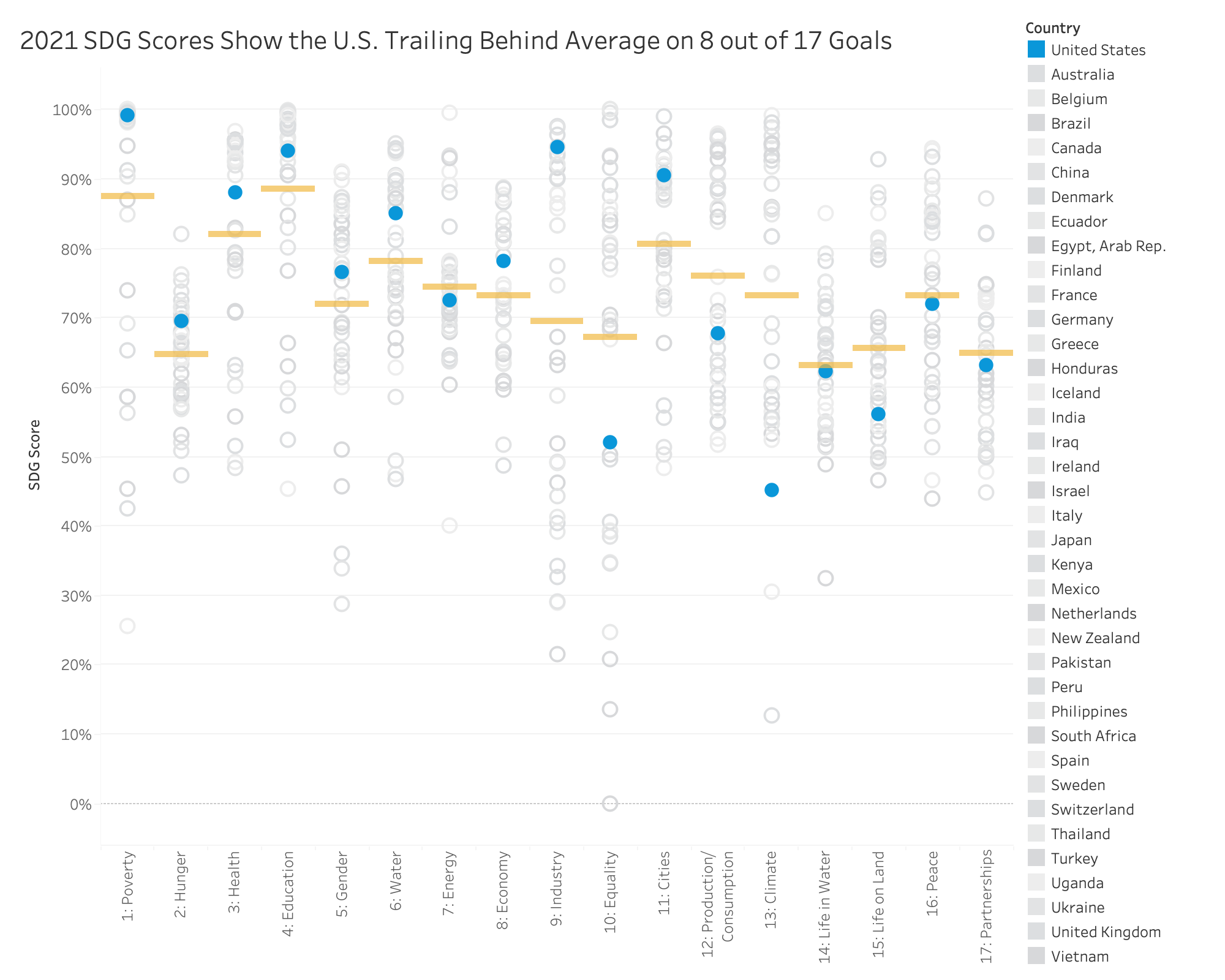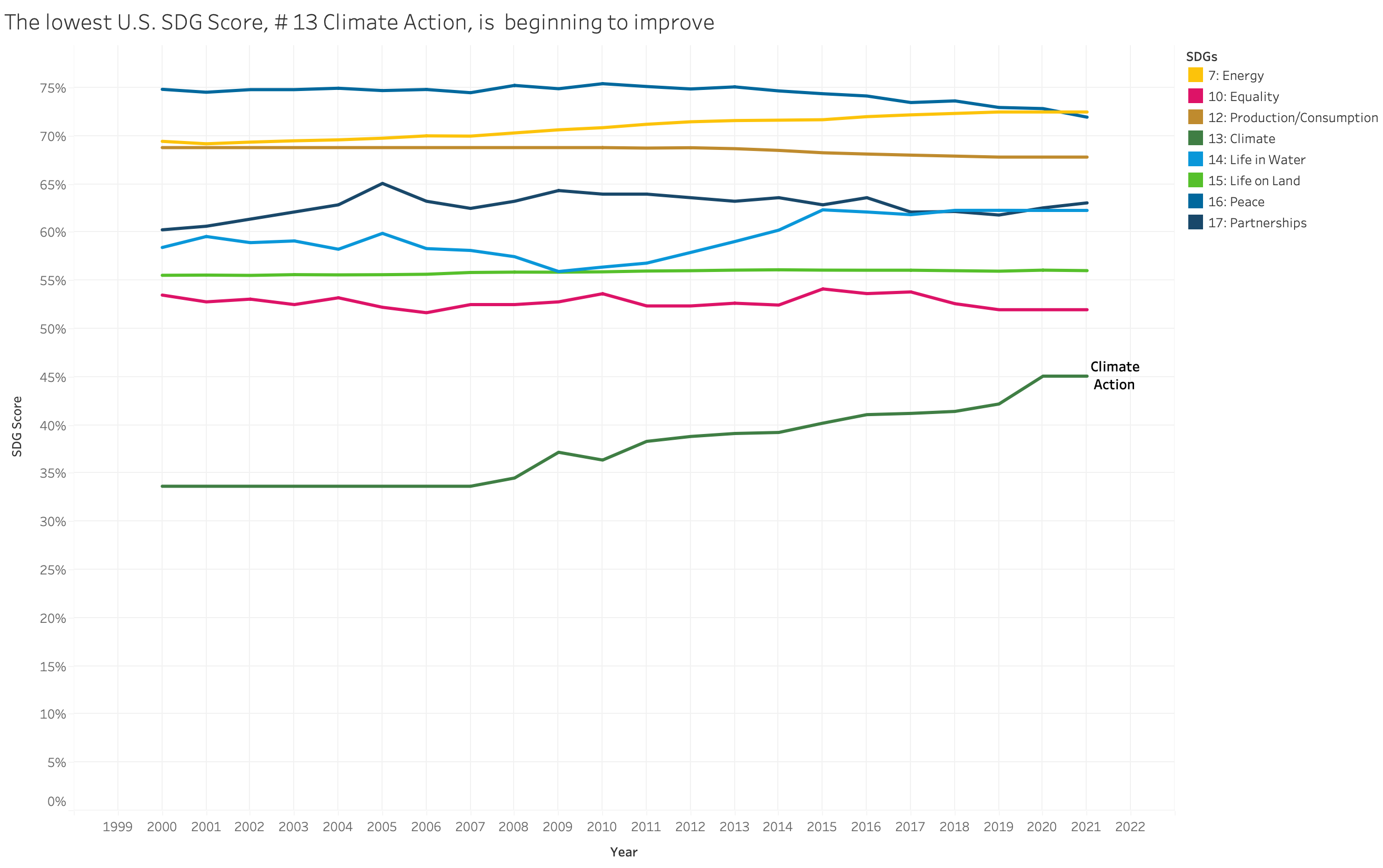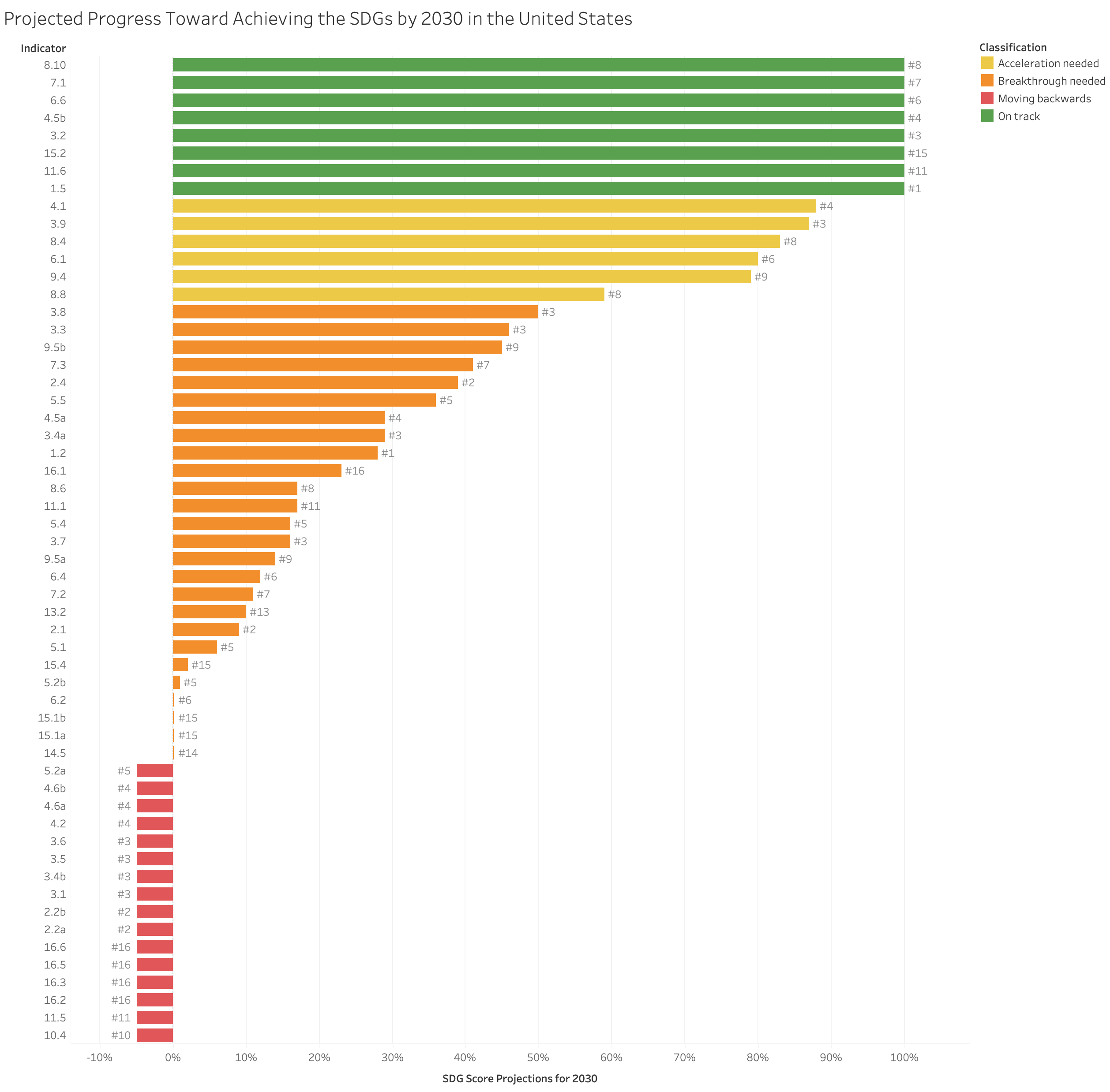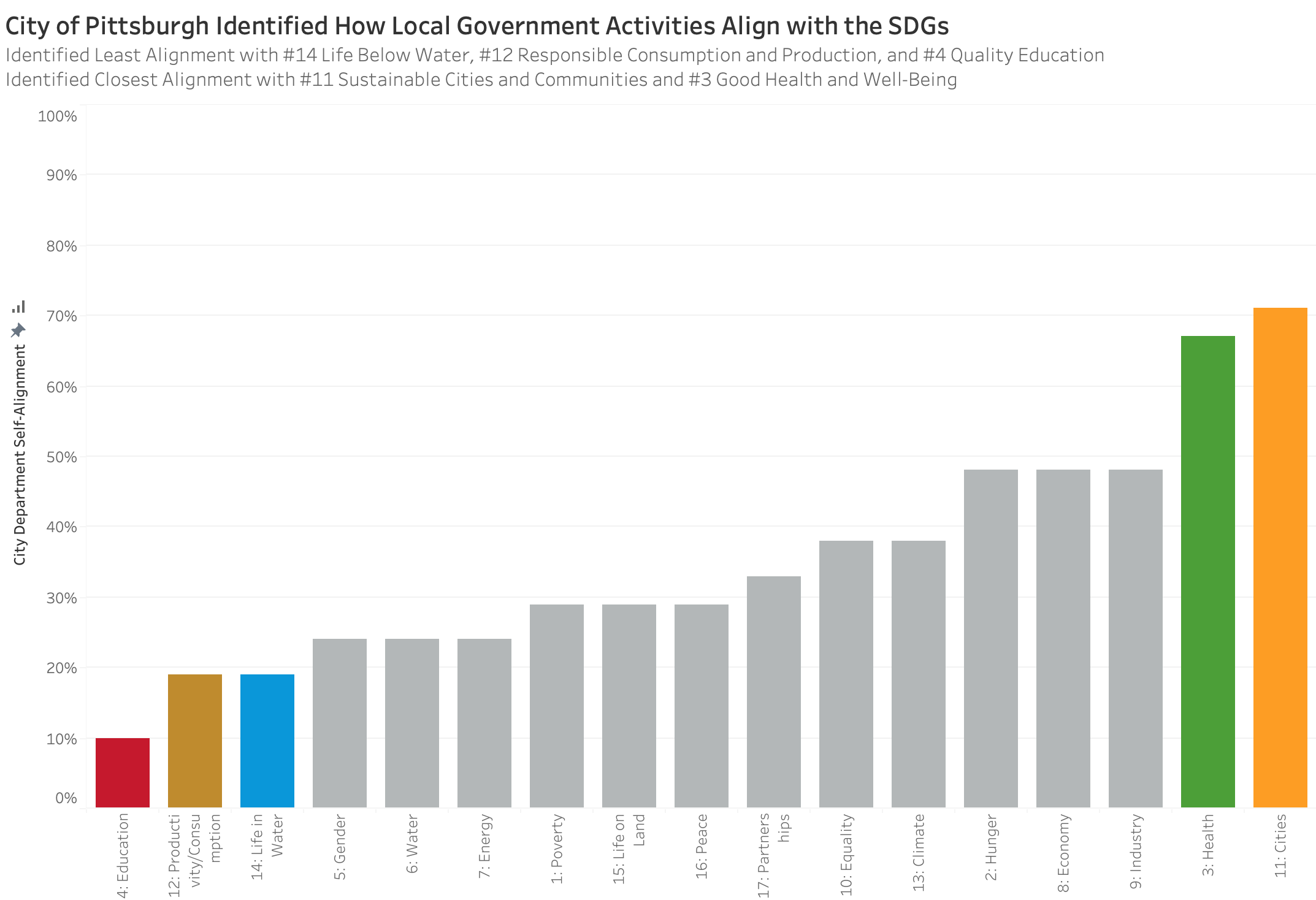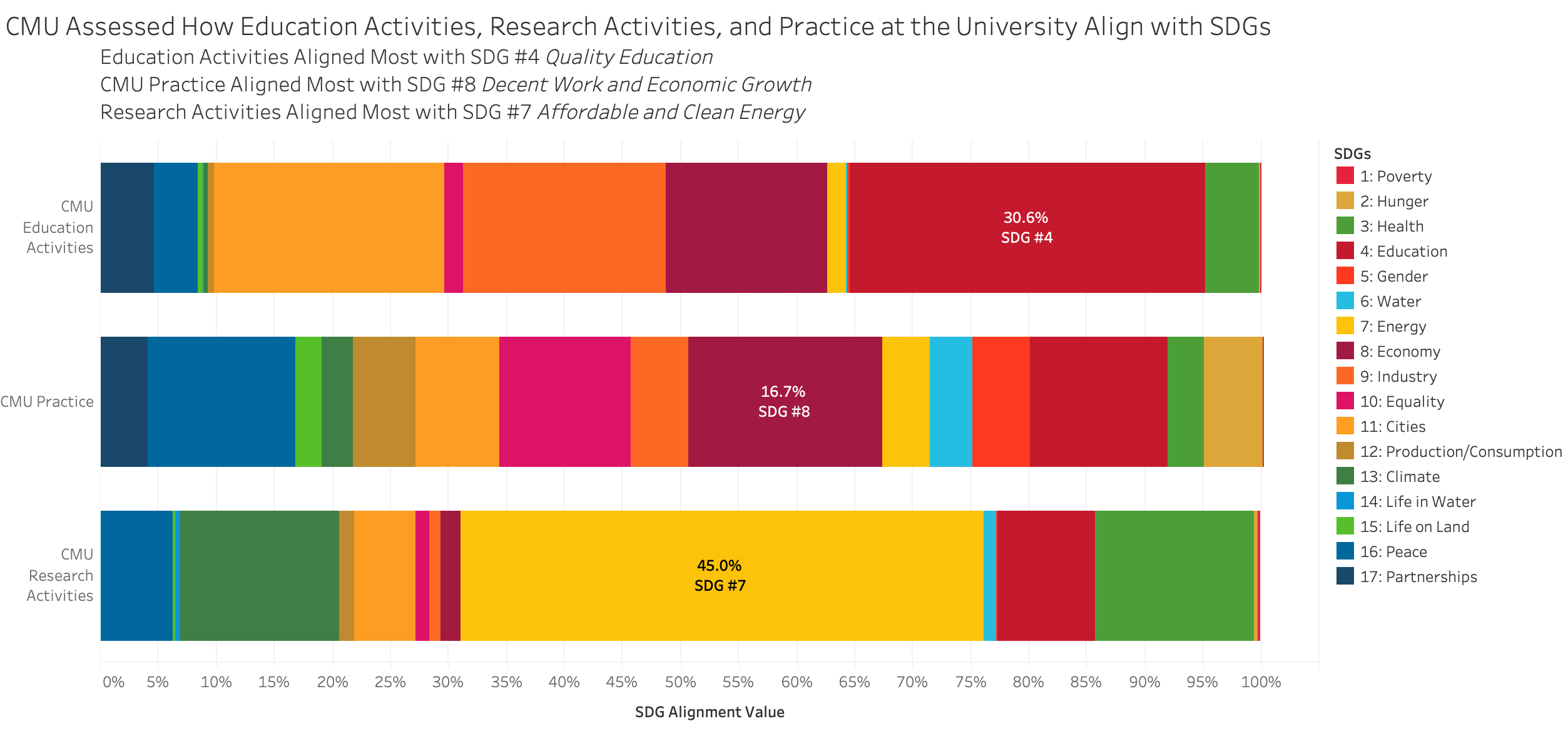Local Action for Global Impact
Zooming in on the United Nations Sustainable Development Goals Framework
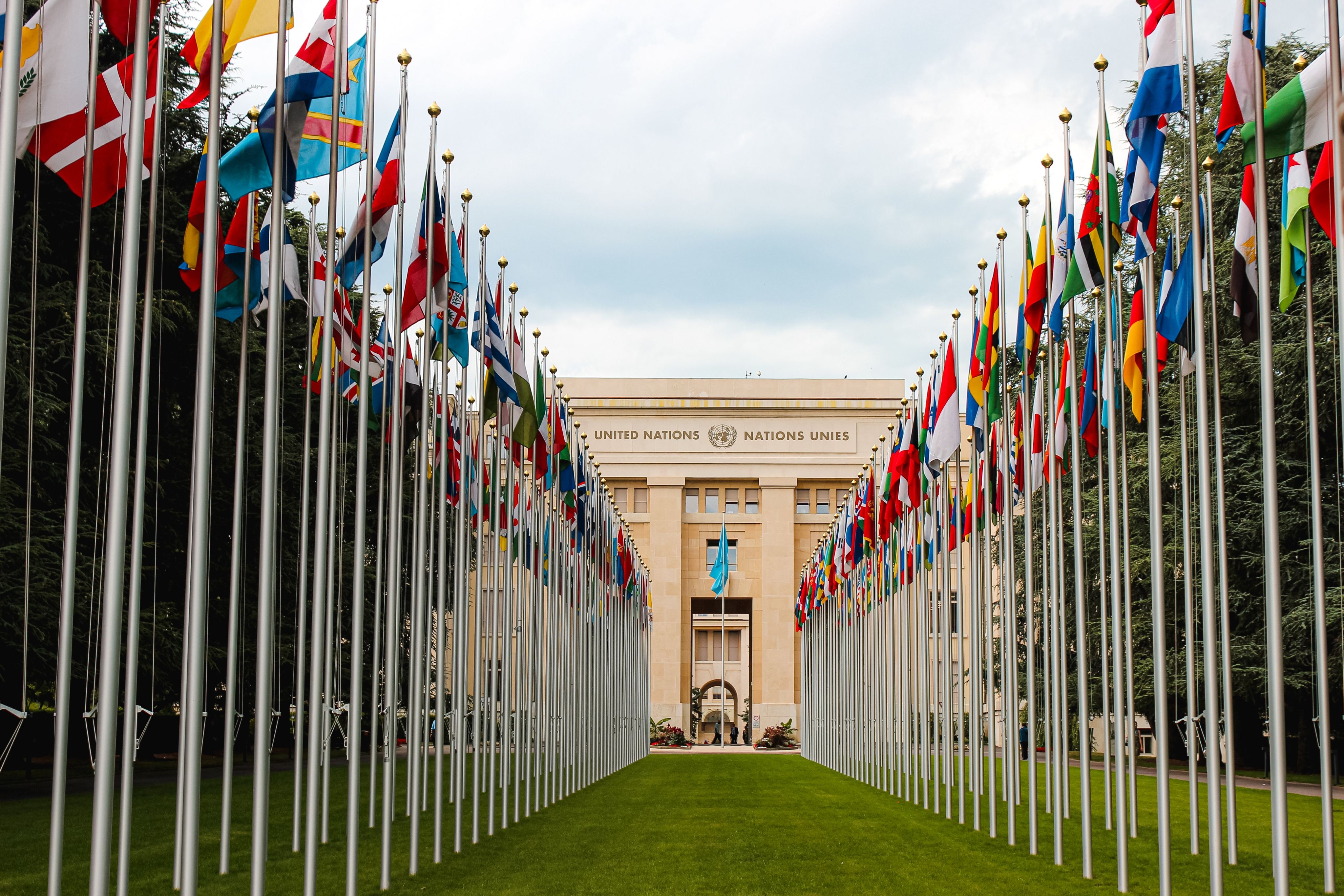
The Sustainable Development Goals (SDGs) are a set of goals and targets set forth by the 2030 Agenda for Sustainable Development.
This agenda was adopted by all member states of the United Nations in 2015, as a "plan of action for people, planet and prosperity.” [2]
2030 Agenda for Sustainable Development
Preamble
"This Agenda is a plan of action for people, planet and prosperity. It also seeks to strengthen universal peace in larger freedom. We recognise that eradicating poverty in all its forms and dimensions, including extreme poverty, is the greatest global challenge and an indispensable requirement for sustainable development. All countries and all stakeholders, acting in collaborative partnership, will implement this plan. We are resolved to free the human race from the tyranny of poverty and want and to heal and secure our planet. We are determined to take the bold and transformative steps which are urgently needed to shift the world onto a sustainable and resilient path. As we embark on this collective journey, we pledge that no one will be left behind. The 17 Sustainable Development Goals and 169 targets which we are announcing today demonstrate the scale and ambition of this new universal Agenda. They seek to build on the Millennium Development Goals and complete what these did not achieve. They seek to realize the human rights of all and to achieve gender equality and the empowerment of all women and girls. They are integrated and indivisible and balance the three dimensions of sustainable development: the economic, social and environmental." [2]

This official SDG Poster from the United Nations summarizes all 17 of the Sustainable Development Goals.
Each goal is broken down into targets.
For example, Goal 13: Climate Action includes five different targets: 13.1, 13.2, 13.3, 13.a, 13.b
Target 13.1: "Strengthen resilience and adaptive capacity to climate-related hazards and natural disasters in all countries" [4]
Each target is broken down into indicators.
For example, Target 13.1 includes three indicators: 13.1.1, 13.1.2, 13.1.3
Indicator 13.1.1: "Number of deaths, missing persons and directly affected persons attributed to disasters per 100,000 population" [4]
You can access information about each goal, its targets, its indicators, and other useful information by visiting the United Nations webpage on the 17 Goals.
Measuring progress is important to the Sustainable Development Goals
In order to understand the global change taking place, large quantities of SDG data are collected and reports are produced.
The UN consolidates this data, much of which comes from individual countries self-reporting by conducting Voluntary National Reviews.
International data is available from multiple sources, including the United Nations SDG Global Database.
International progress is reported by the UN in annual reports, like this one from 2022.

The United States is 1 of 5 countries that has NOT performed a Voluntary National Review [6]

The Sustainable Development Report provides data for many countries. Here, we focus on how the U.S. compares.
The graph below charts a sample of 38 countries by their SDG Score across all 17 SDGs. The yellow line indicates the average score of the sample for each SDG. As you can see, the United States (represented in blue) is doing well on some goals, like Industry, Innovation, and Infrastructure, but not so well in others, like Climate Action.
A closer look at SDG 13 Climate Action over time
Illustrated below are lines representing each SDG where the U.S. is below average, according to the chart above. Note that Climate Action is the lowest, but is seeing some recent improvements.
The United States has a lot of progress to make
According to an analysis by the Center for Sustainable Development at Brookings, the U.S. is projected to fall short of a majority of SDG targets.
In fact, there are many indicators where the U.S. is currently moving in the wrong direction.
The chart below illustrates the Brookings classification system that categorizes SDG indicators as “on track," "acceleration needed," “breakthrough needed,” or “moving backward.”
Indicators in green are expected to reach 100% completion by the year 2030. These indicators fall under SDGs 1, 3, 4, 6, 7, 8, 11, and 15.
The rest of the indicators assessed will not be reached by 2030 under current conditions in the U.S.
The indicators categorized as "Moving backwards" fall under the SDGs 2, 3, 4, 5, 10, 11, and 16.
Note that SDGs 3, 4, and 11 include indicators on both extremes. This indicates that one goal might be achieved according to some targets, but not others.
This analysis is limited by data availability, which prevented the inclusion of some indicators. Please also note that the bars in red are meaningful only in direction, not length. Projections only show them moving away from the target, not by how much.
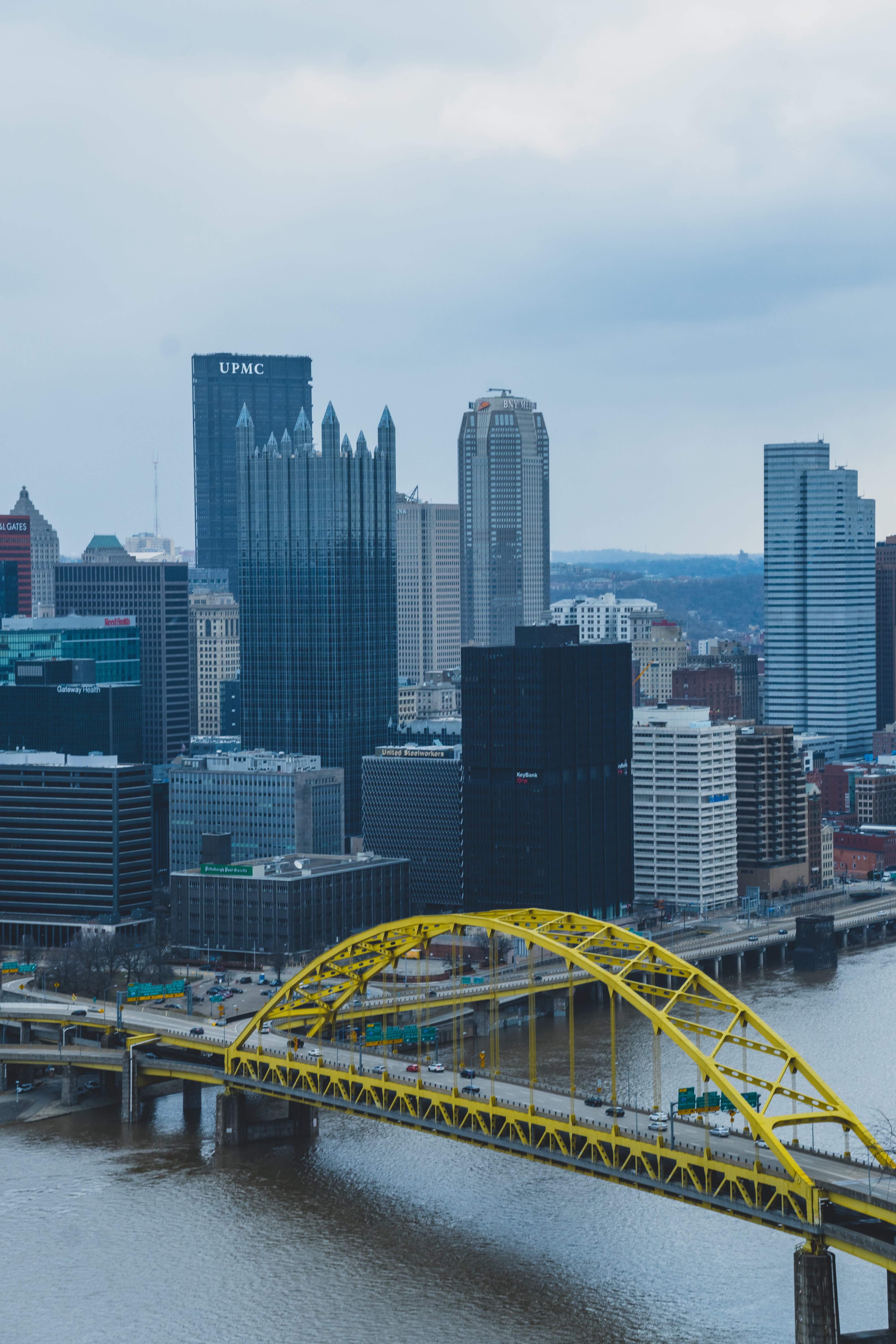
Photo by Brad Killen on Unsplash
Photo by Brad Killen on Unsplash
Zooming in on Local Action
Localizing the global framework can help change the tide of SDG progress in the United States.
Cities like Los Angeles are leading the way by conducting their own local voluntary reviews. [9]
Next, we will explore how the City of Pittsburgh identified its own alignment across the SDGs.
The graph below illustrates how closely city activities align with each SDG, according to a city department self-alignment process. SDG 4 Quality Education claimed the lowest spot, at about 10% out of the possible 100% alignment. The most alignment was with SDG 3 Good Health and Well-Being and SDG 11 Sustainable Cities and Communities.
Zooming in further...
A closer look within the City of Pittsburgh reveals hundreds of organizations, including businesses, non-profits, and universities.
Let's take a closer look at how Carnegie Mellon University (CMU) aligned themselves with the Sustainable Development Goals.
For the purposes of the self-assessment, CMU divided their activities into three categories:
- Education Activities,
- CMU Practice
- CMU Research Activities.

Photo by Маk Каmmerer on Unsplash
Photo by Маk Каmmerer on Unsplash
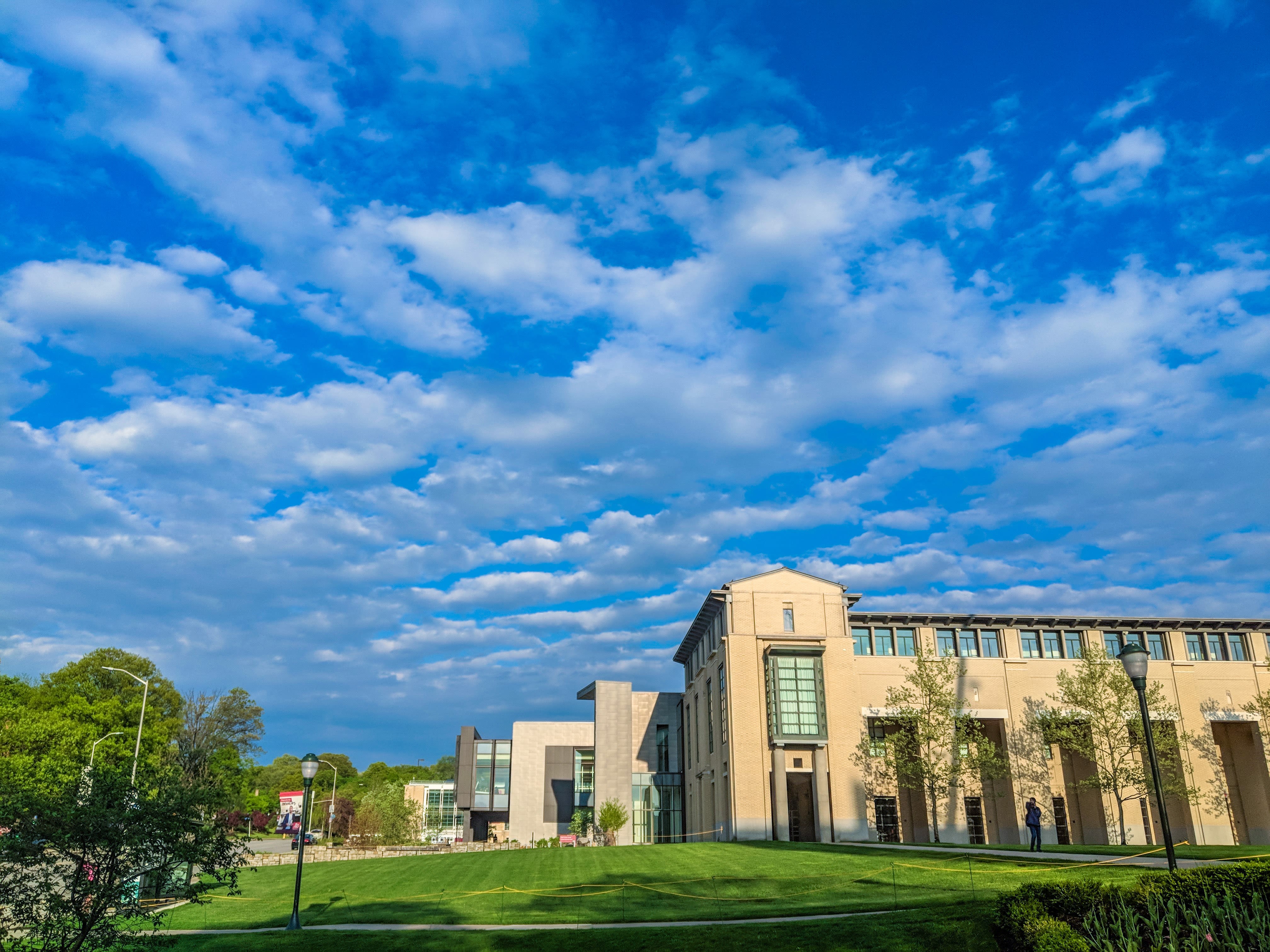
Photo by Nanda Firdaus on Unsplash
Photo by Nanda Firdaus on Unsplash
Each bar below illustrates a category of CMU activities.
Each band within the bar represents a different Sustainable Development Goal by its color.
The length of the band illustrates how much that activity category aligns with that SDG.
Unsurprisingly, CMU's Education Activities align most with SDG 4 Quality Education.
CMU's Practice category aligns most with SDG 8 Decent Work and Economic Growth.
CMU's Research Activities align most with SDG 7 Affordable and Clean Energy.
Local Action Drives Global Impact
By zooming in from an international framework to applications by local cities and organizations, we can see how the SDGs are applicable across multiple scales and sectors.
In order to enact sustainable change, collective action is needed.
The global SDG framework must be localized.
The Sustainable Development Goals provide a framework that can be incorporated into your organization today.
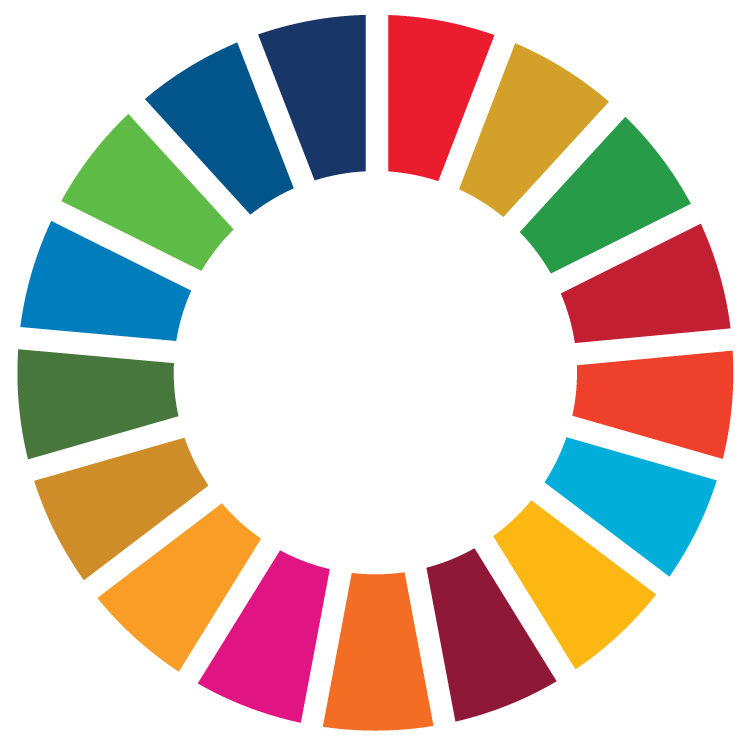
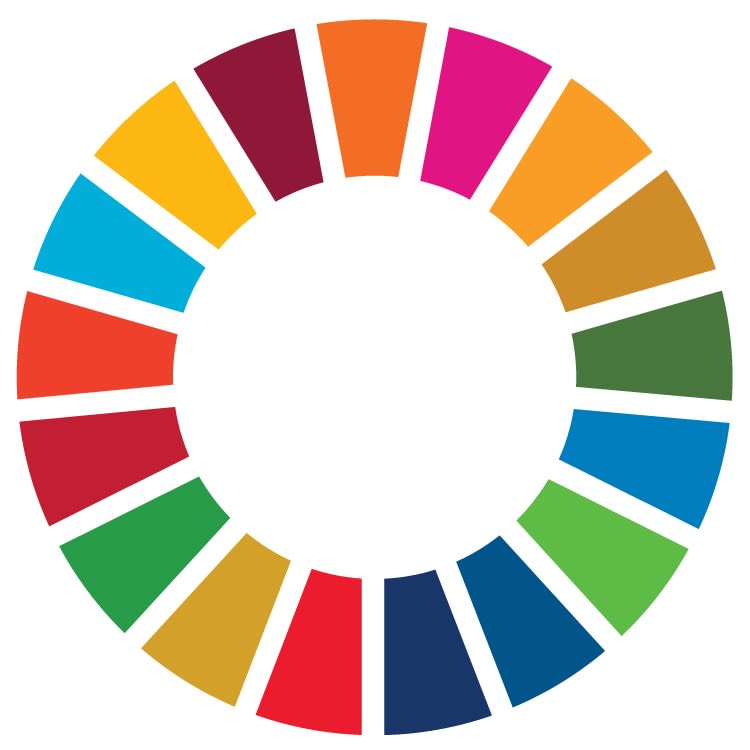
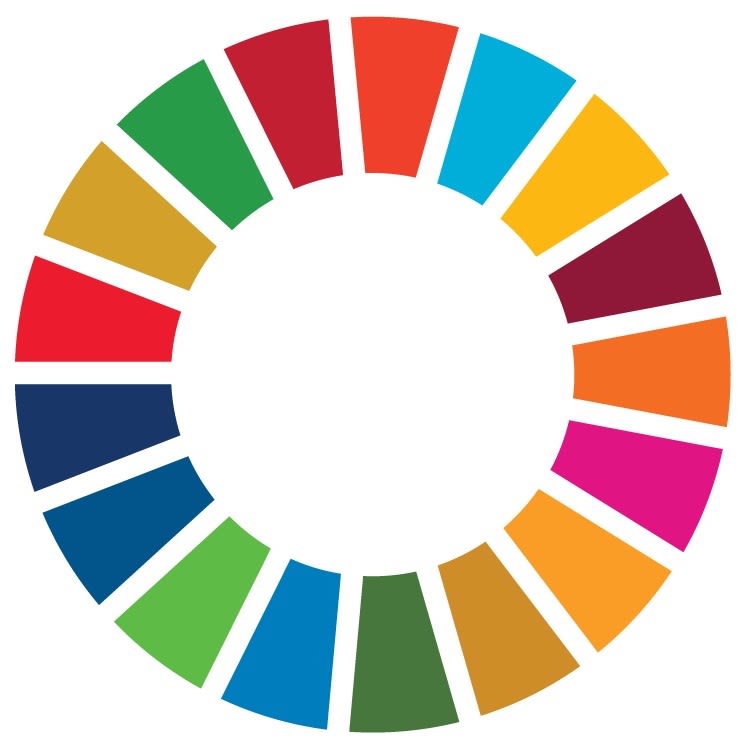
Local Leaders:
- Apply the Sustainable Development Goal framework to your organization
- Click here for a guidebook on how to implement the SDG framework at the local level
- Conduct a self-alignment
Local Residents:
- Ask your local leaders about the SDGs
- Pay attention to SDGs that can impact your daily life
- Vote for leaders who will choose to pursue sustainable development, leaving no one behind.
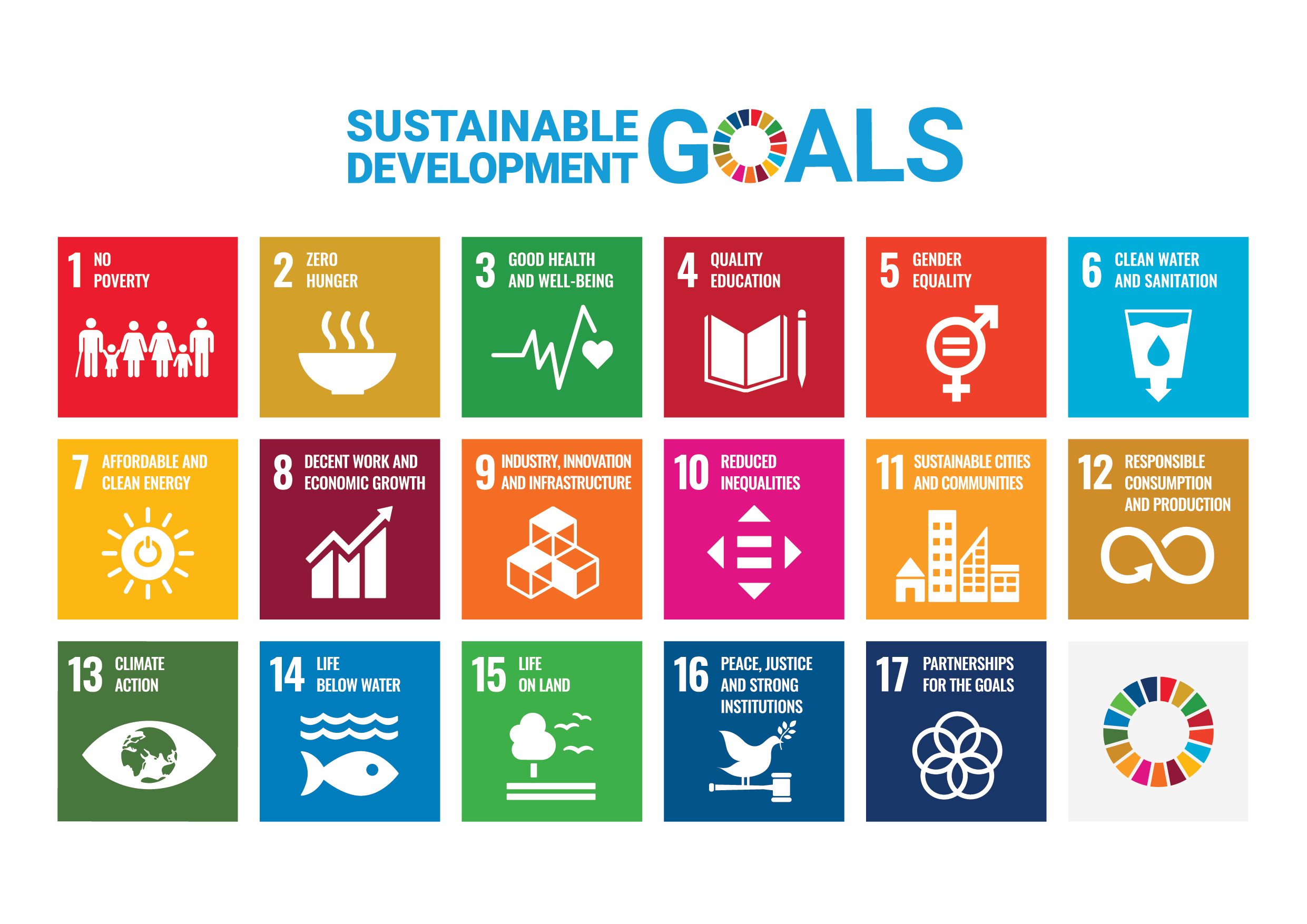
References
1. UN Department of Economic and Social Affairs. (n.d.). The 17 Goals. United Nations. https://sdgs.un.org/goals
2. UN Department of Economic and Social Affairs. (n.d.). Transforming our world: the 2030 Agenda for Sustainable Development. United Nations. https://sdgs.un.org/2030agenda
3. Sustainable Development Goals (n.d.). Communications Materials. United Nations. https://www.un.org/sustainabledevelopment/news/communications-material/
4. UN Department of Economic and Social Affairs. (n.d.). 13: Take urgent action to combat climate change and its impacts. United Nations. https://sdgs.un.org/goals/goal13
5. High-Level Political Forum on Sustainable Development. (n.d.) Volunary National Reviews. United Nations. https://hlpf.un.org/vnrs
6. SDG Knowledge Hub. (2022, March 24). Five Countries Yet to Conduct Voluntary National Review. International Institute for Sustainable Development. https://sdg.iisd.org/news/five-countries-yet-to-conduct-voluntary-national-review/
7. Sachs, J., Kroll, C., Lafortune, G., Fuller, G., & Woelm, F. (2022). Sustainable development report 2022. Cambridge University Press. https://dashboards.sdgindex.org/downloads
8. Pipa, T., Rasmussen, K., & Pendrak, K. (2022). The State of the Sustainable Development Goals in the United States. Policy Brief. Brookings Center for Sustainable Development and United Nations Foundation. https://www.brookings.edu/wp-content/uploads/2022/03/2022_Brookings_State-of-SDGs-in-the-US.pdf
9. City of Los Angeles. (2021). Los Angeles Sustainable Development Goals. https://sdg.lamayor.org/2021VLR
10. Pendrak, K. & Viljaste, T. (2020). Pittsburgh and the Sustainable Development Goals: A Voluntary Local Review of Progress. United Nations. https://sdgs.un.org/sites/default/files/2020-12/Pittsburgh%20VLR%202020%20Final%20Draft.pdf
11. Carnegie Mellon University Sustainability Initiative. (2020). CMU Voluntary University Review of the Sustainable Development Goals. Carnegie Mellon University. https://www.cmu.edu/leadership/the-provost/provost-priorities/sustainability-initiative/cmu-vur-2020.pdf
12. Global Taskforce of Local and Regional Governments. (n.d.) Roadmap for Localizing the SDGs: Implementation and Monitoring at Subnational Level. United Nations. https://sustainabledevelopment.un.org/content/documents/commitments/818_11195_commitment_ROADMAP%20LOCALIZING%20SDGS.pdf
